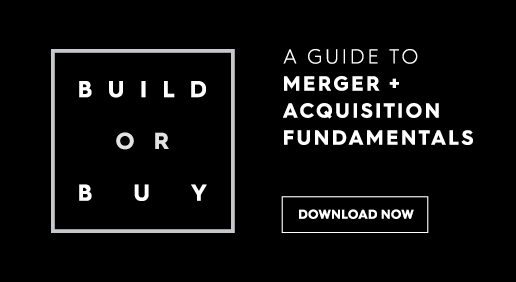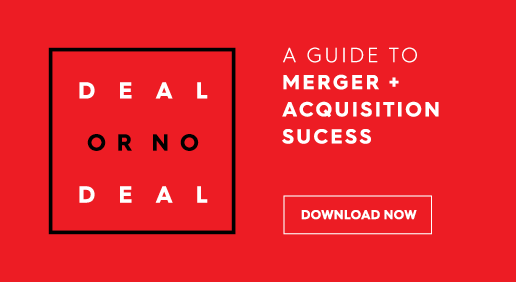
All capital comes with strings attached
Volumes have been written on how to spot a poor business and avoid dodgy vendors but there is little to help legitimate sellers identify dodgy buyers. Paul Barrett turns the table and shares his top tips for sellers.
Selling an advisory business is not like offloading a physical asset like a property or car. It is more like an engagement. Transactions are usually complex and multifaceted, and can lead buyers and sellers down a psychological rabbit hole.
In most cases, both parties are tied to each other for years so their partnership should be a good fit. Yet many sellers, particularly first-time sellers, fixate on price without giving due consideration to other important factors such as a buyer’s motives, character, history and future plans. That is as intelligent as choosing a romantic partner based purely on looks. Experienced, discerning vendors are less likely to make this mistake. They understand the risk and pain of watching their life’s work taken over and mismanaged by a party they welcomed with open arms.
According to Adviser Ratings, adviser numbers are set to fall 36% to less than 15,000 by 2025. This follows a 15% drop to 23,000 in 2019. That means thousands of advisers will be looking to sell their business or client book over the next five years. Quality firms will be courted aggressively by a variety of buyers including private equity firms, product manufacturers, other advisory groups and international investors. They should take time to understand the strings attached to each source of capital because ALL capital comes with strings attached.
Some capital suppliers will expect acquisitions to use related-party products and systems. Others may have a command and control mentality, unrealistic expectations and/or a short-term outlook. There are also less obvious risks to consider such as a fragile capital supply or potential threats such as regulatory, structural and leadership changes, which can derail even the best thought-out plans. Therefore, sellers need to understand each buyers’ strengths and shortcomings, and ensure an alignment of values and interests Ideally, they should have a clear picture of what they want to achieve from a transaction, before starting the sale process. Price is important but equal consideration should be given to non-financial aspirations such as the freedom to pursue other interests and retire by a certain age. This is important because most deals include an earn-out provision to help mitigate risks.
An earn-out is effectively a contingency payout. Sellers are required to remain in the business for a period of time, typically three-to-five years but increasingly up to ten years, to drive performance. They are incentivised to hit targets and ultimately achieve a higher, overall sale price. Earn out provisions extend and expand the buyer/seller relationship. They highlight the importance of patient, flexible capital and the value of a buyer who is willing and able to ride the ups and downs of the business cycle. A patient, long-term partner should also be able to provide support and guidance throughout the business cycle.
Unfortunately, few buyers are strategic business partners. Most do not have the best ideas or experience to help sellers hit their performance targets and maximise operational value.
Five signs of compatibility
1. Motives and cultural fit
What are a buyer’s motives and expectations for the short, medium and long-term?
Sellers need to understand all the reasons why a buyer is interested in their business and the ultimate source of their capital. What are their short, medium and long-term plans for a business? Are they only concerned about making money or is it important to look after staff and clients for the long-term?
2. Patience
Patient capital refers to an investor who makes a financial investment in a business without expecting to realise a quick profit. Patient investors are extremely rare. Their long-term timeframe and ability to support businesses through the business cycle is a major competitive advantage that sets them apart.
3. Flexibility and compromise
Some buyers are rigid and uncompromising. In order to be satisfied, a deal must be skewed in their favour.
Good buyers/partners are fair and seek a win/win for both parties. They behave like financial advisers in some respects, listening to a vendor’s goals and requirements before customising a deal to meet their needs. That may look like a shorter earn out period or facilitating opportunities for staff and future leaders to obtain equity in the business. It does not look like a one-size-fits-all contract.
4. Capability
There are two components to capability. A buyer should have strong M&A capabilities in order to execute a deal efficiently. That includes expertise in tax, due diligence, valuations, contracts and legal settlement. Beyond the transaction, they should have the resources and experience to help businesses increase operational efficiency and add value.
5. Capacity
What is a buyer’s capacity to deliver their capability? What obstacles could limit their effectiveness as a business partner? What are their other interests and priorities, apart from your business?
Sellers need to consider these critical questions when assessing the suitability of any partner.
Read more of Paul Barrett’s articles in Professional Planner.


